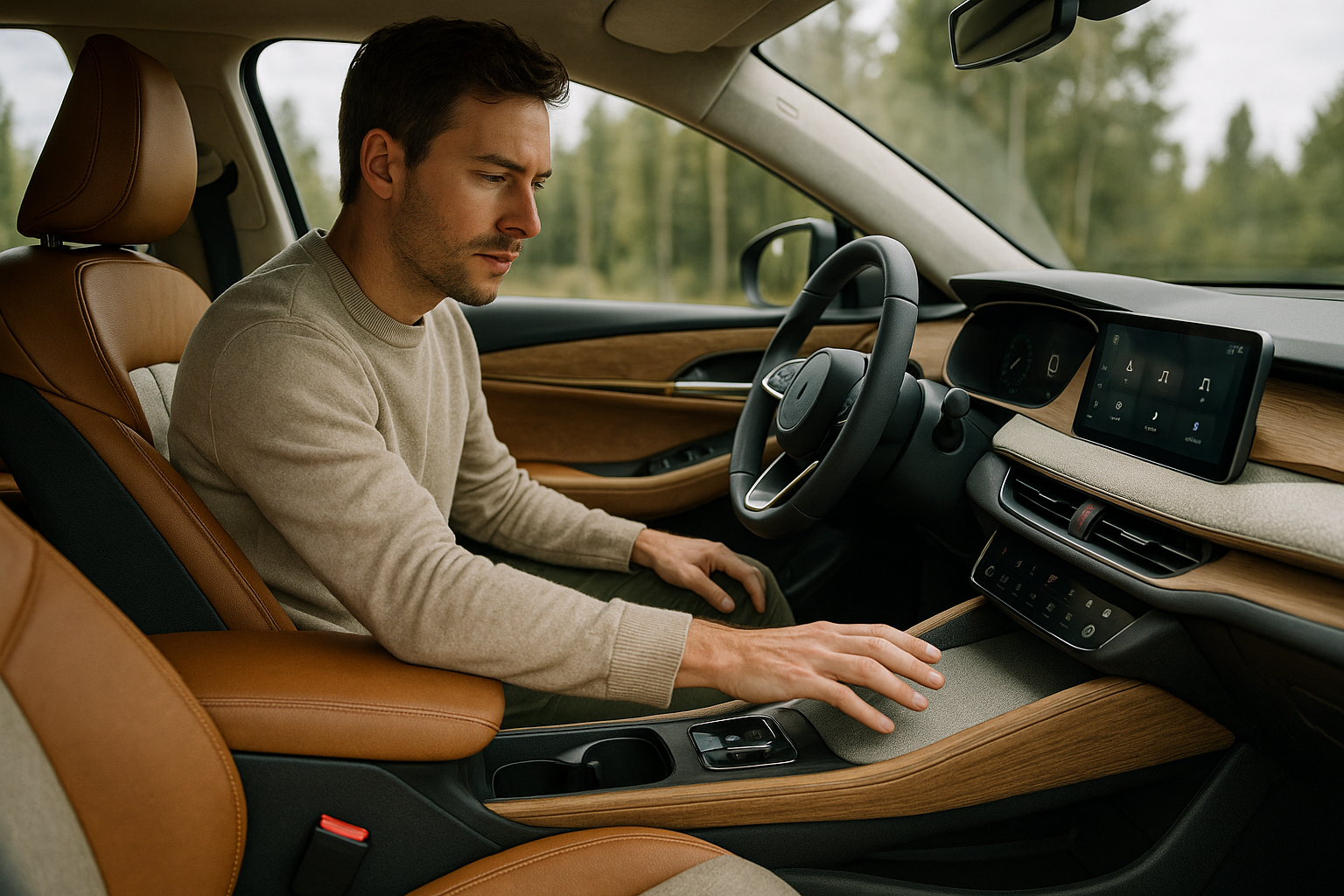Reimagining Car Interiors: The Next Frontier in Automotive Innovation
Automobiles have come a long way since the Model T's rudimentary, function-focused interior. Today, the cabin of a car is a hub of innovation, a manifestation of aesthetics, comfort, functionality, and cutting-edge technology. This article delves into the evolution of car interiors, the current trends shaping this space, and the future possibilities that promise to redefine the driving experience.

A Stroll Down Memory Lane: The Evolution of Car Interiors
The seeds of innovation in car interiors were sown in the early 20th century when cars were no longer viewed as mere transportation devices. Velvet, leather, and wood began adorning the cabins, and by the 1930s, radios made their way in. The subsequent decades saw the introduction of air conditioning, power windows, and bucket seats, elevating comfort and convenience.
However, the true revolution began in the 1980s with the advent of digital technology. Digital instrument clusters, trip computers, and in-car entertainment systems started becoming commonplace. The next couple of decades witnessed an explosion of technology inside cars, with GPS navigation, touchscreens, voice commands, and connectivity features changing the face of car interiors.
The Current Canvas: Trends in Car Interior Design
Today, car interiors are a blend of aesthetics, ergonomics, and advanced technology. Ambient lighting, panoramic sunroofs, and customizable instrument clusters are now part and parcel of many vehicles.
Material science has played a significant role too. The shift towards sustainable and high-quality materials is evident, with manufacturers incorporating recycled plastics, vegan leather, and natural fibers into their designs.
Technology, undoubtedly, is the linchpin of modern car interiors. Infotainment systems are now more sophisticated, offering seamless connectivity, entertainment, and navigation services. Driver-assist features, heads-up displays, and digital assistants are making driving safer and more convenient.
The Road Ahead: Future of Car Interiors
In the near future, car interiors will continue to evolve, driven by factors like sustainability, digitalization, and the advent of autonomous driving.
Sustainability will push manufacturers to use more eco-friendly materials and processes in their interior designs. Digitalization will lead to more intuitive, personalized, and immersive tech experiences. Expect advanced AI systems, gesture controls, and even augmented reality features.
The advent of autonomous cars will be a game-changer. With no need for a driver, the car interior can be transformed into a mobile living space. Seats could swivel to create a lounge-like setting, tables could fold out, and large screens for entertainment or work could become the norm.
The Challenge Spectrum: Balancing Innovation and Practicality
In the race towards innovation, manufacturers must not lose sight of practicality and safety. Complex tech interfaces can lead to distracted driving, and over-reliance on driver-assist systems could potentially breed complacency. Designs should focus on intuitive and distraction-free tech interfaces, and driver-assist systems should be implemented in a way that enhances safety without encouraging negligence.
In the end, the car interior of the future should be a seamless blend of innovation, comfort, practicality, and sustainability. The journey promises to be exciting, as we shift gears towards this new era of automotive interiors.




